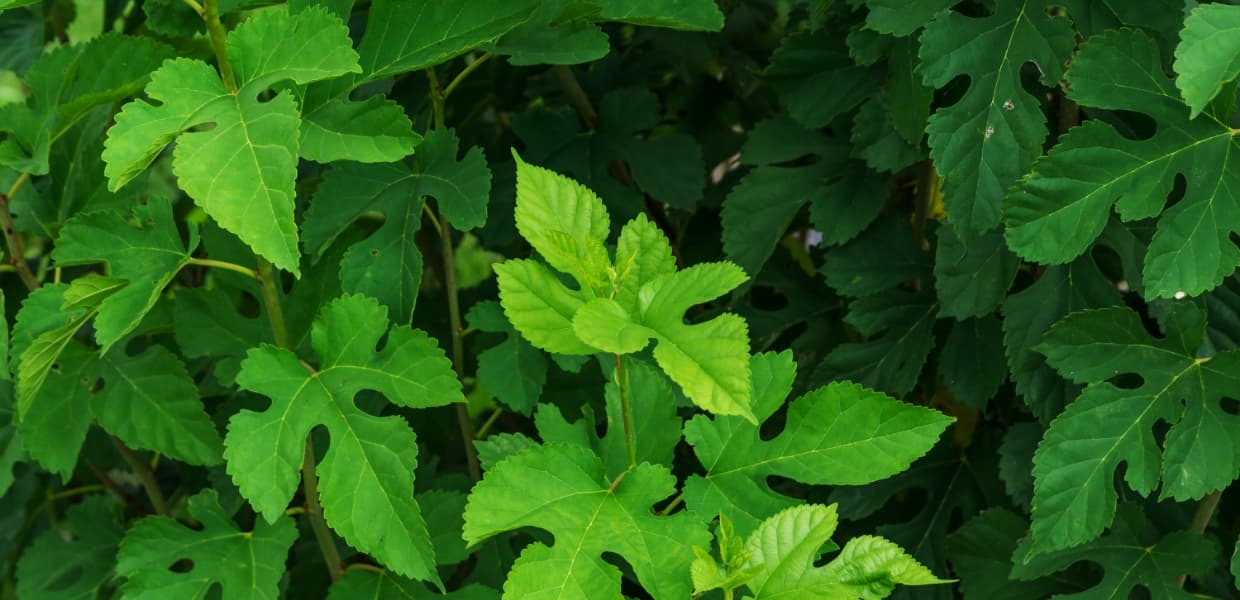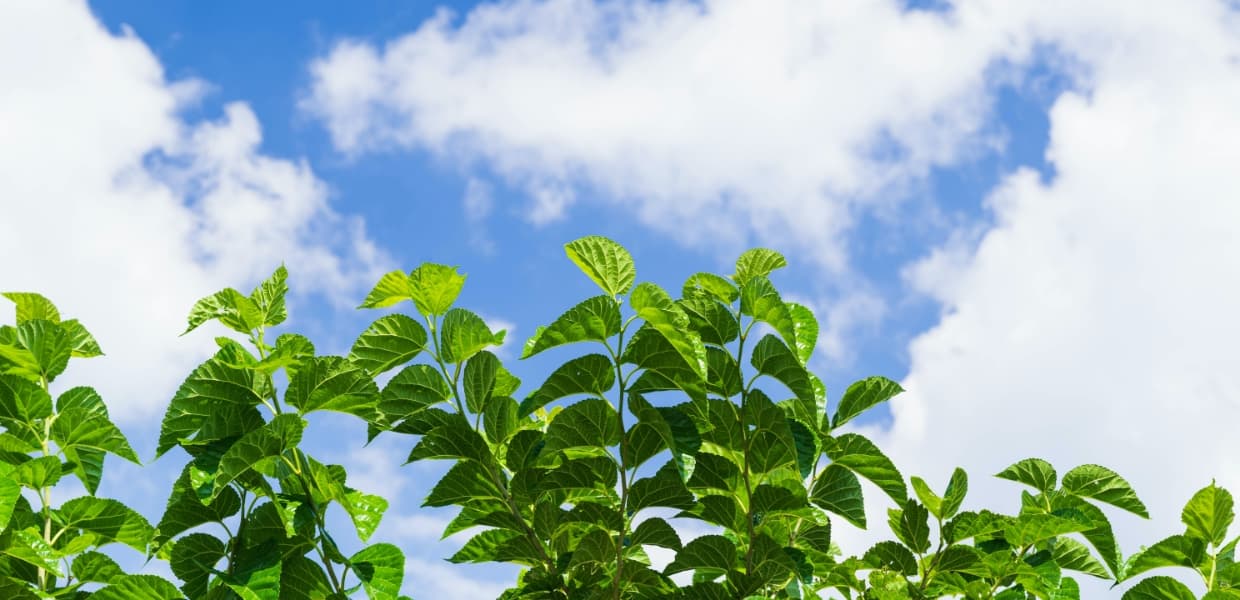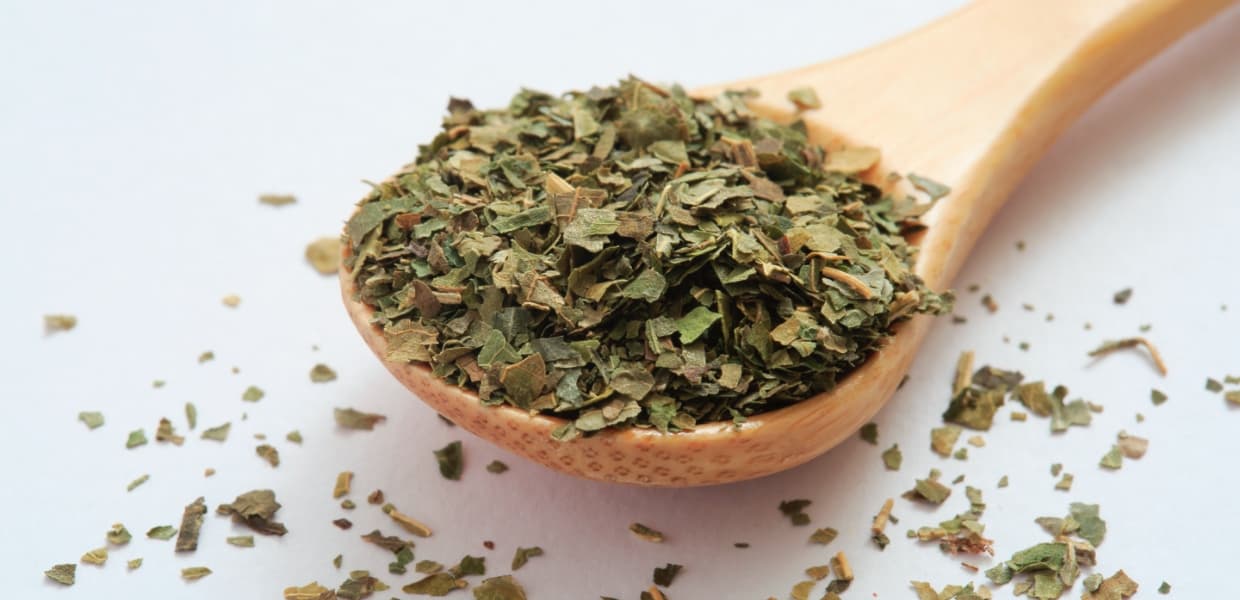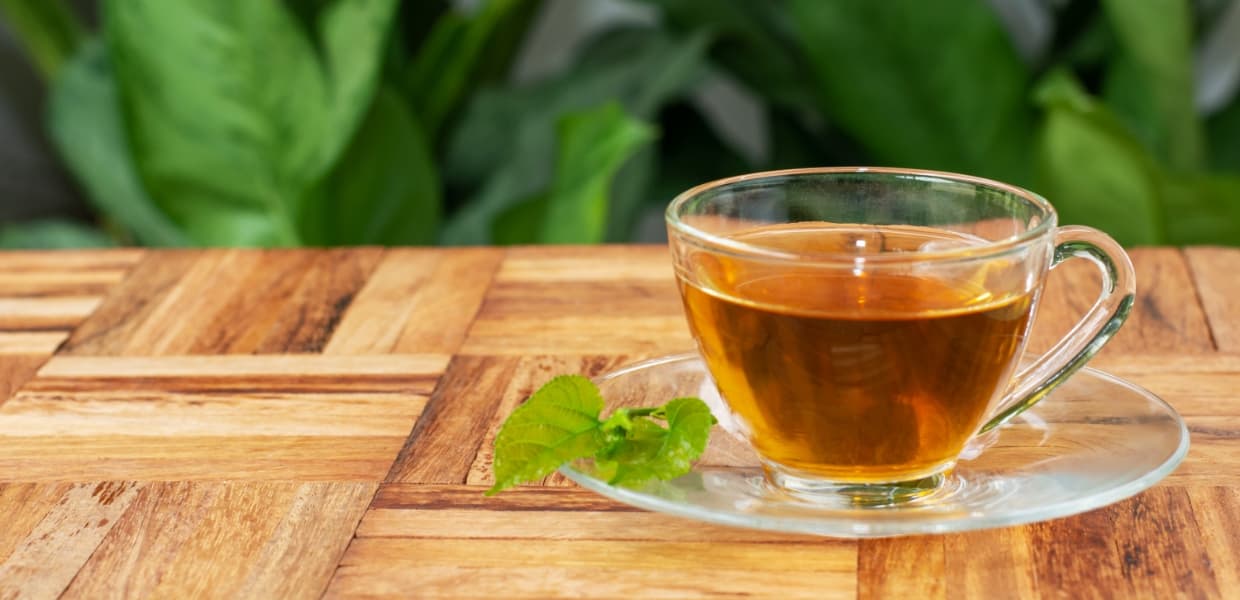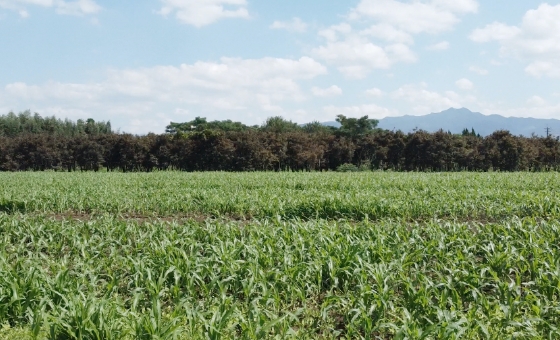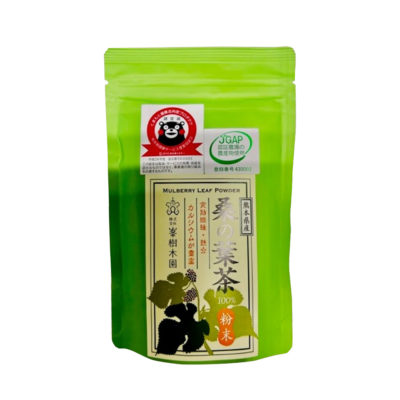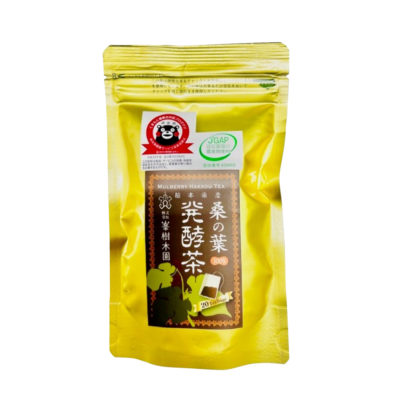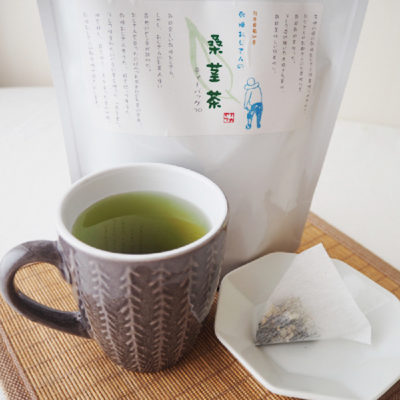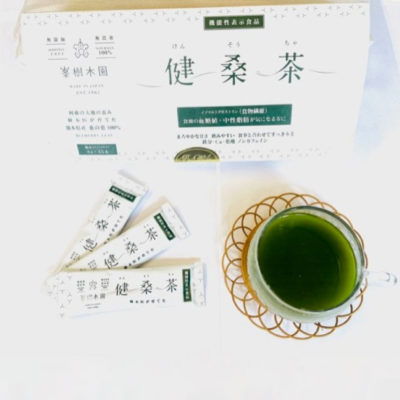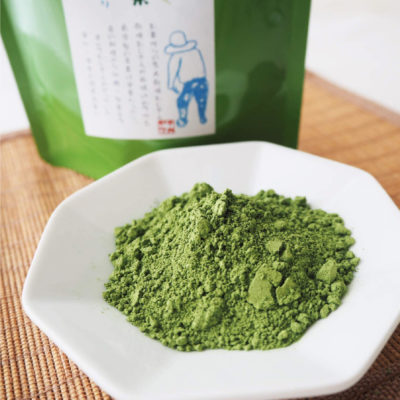Kyushu kuwacha
Due to the growing health awareness in recent years, attention has shifted to mulberry leaves. These are indeed rich in minerals such as zinc and calcium, which are often deficient in modern people. These leaves are also known for their high amount of dietary fiber.
While the white mulberry were only used locally use until recently, its use has now increased. Kuwacha white mulberry leaf tea has been produced in many parts of Kyushu. Due to the appropriate climate the growth of this tree and the high technique of tea making, various places in Kyushu have started producing high quality kuwacha.
